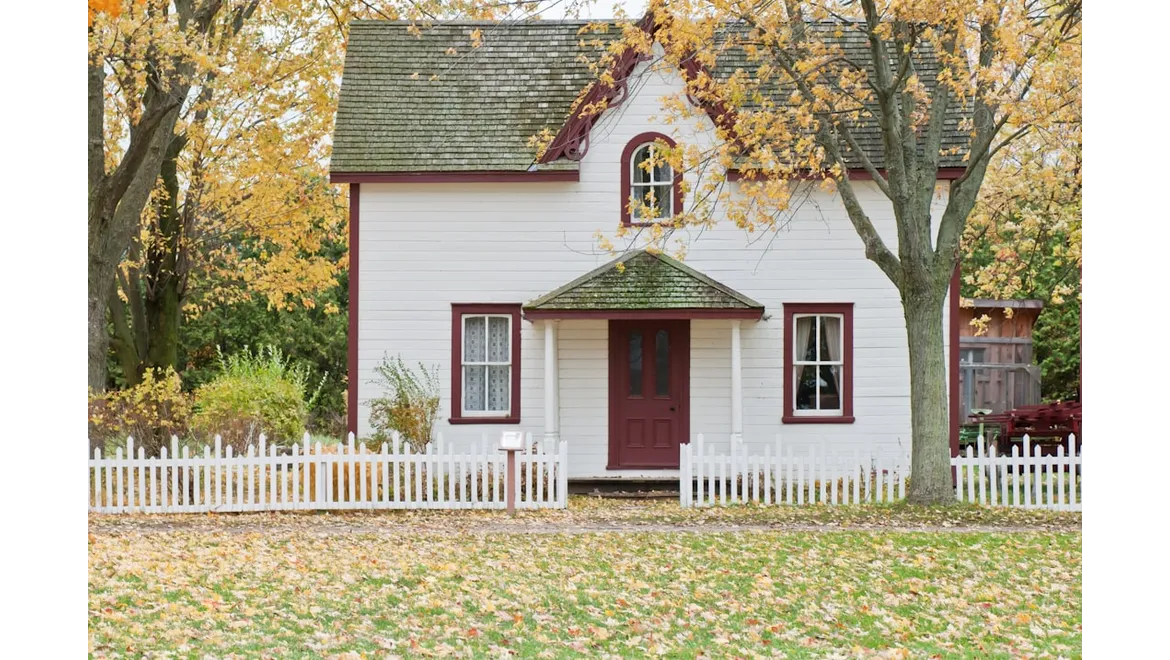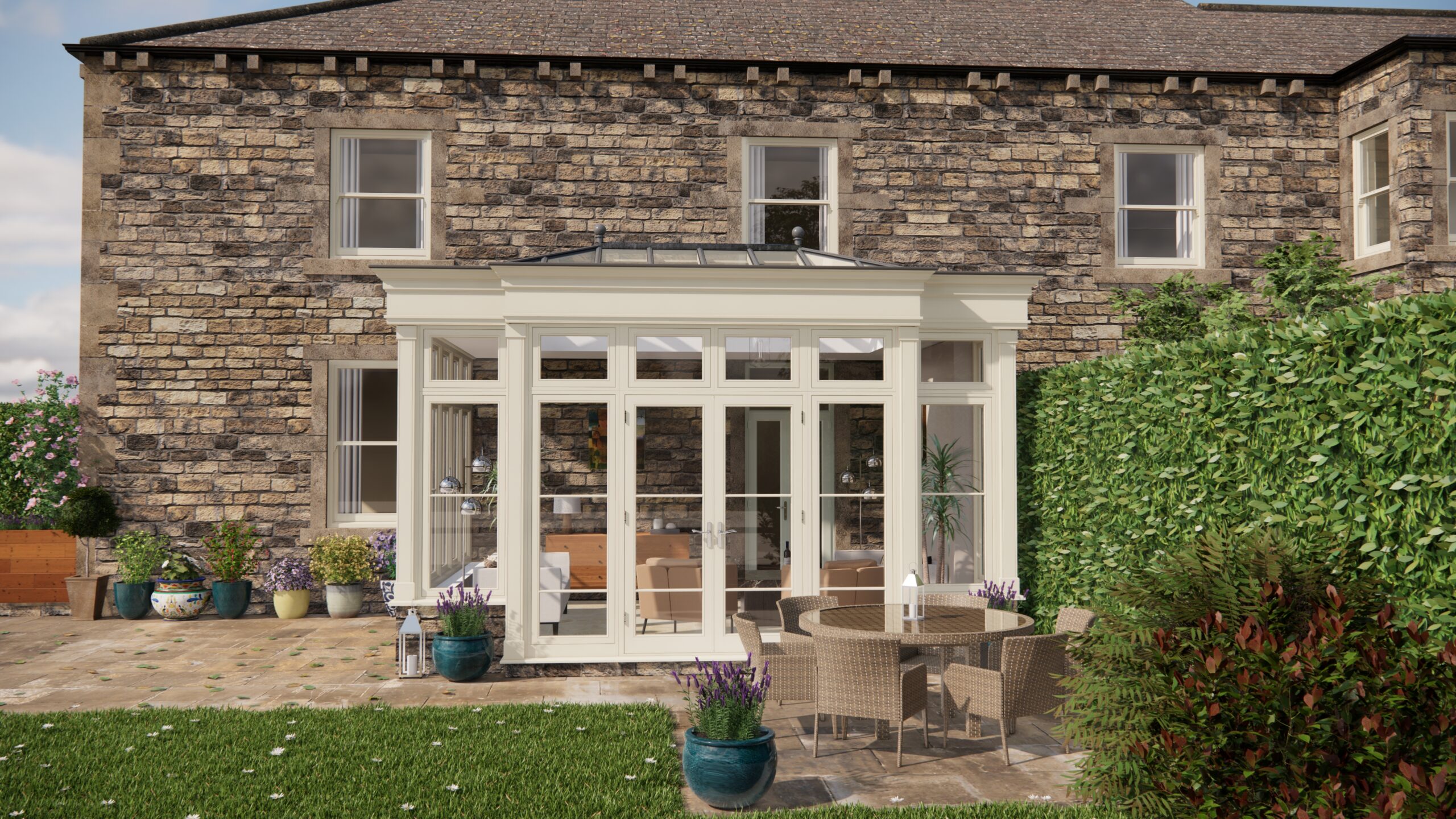Right, so I was catching up with my mate Harvey the other day, and the conversation drifted, as it always does with us, towards our shared obsession: making the most of our homes. We both work from home now, and we’ve both realised how crucial it is to carve out spaces that genuinely support our wellbeing. We were specifically chewing over the idea of ‘Creating a Home Sanctuary: Designing Multi-Purpose Spaces for Wellness, Exercise, and Relaxation’, drawing inspiration from all those articles we devour on wellness and home optimisation.
“Honestly,” Harvey started, mid-sip of tea, “I’ve been trying to get into yoga. Badly. But with the kids running around, the TV blaring, and the neighbour’s dog… it’s impossible to find a moment of peace!”
I totally got it. That’s when we started diving into this whole concept of soundproofing and creating designated wellness zones. The first thing we landed on was the importance of minimising noise pollution. Think about it – stress levels rocket when you’re constantly bombarded with noise. Concentration flies out the window, too. If you’re trying to nail a tricky yoga pose, the last thing you need is the bin lorry rumbling past!
So, we swapped ideas on how to actually soundproof our homes. It doesn’t have to be a massive renovation, you know? We discussed the simple wins:
-
Window Treatments: “Thick curtains are your friend!” Harvey declared. And he’s right. Heavy drapes, especially those with a thermal lining, can significantly dampen outside noise. Think about getting some good quality blinds too, and make sure all your window frames are sealed correctly as any gaps will let noise in.
-
Sound-Absorbing Materials: “Rugs, carpets, soft furnishings… they’re not just for show!” I chipped in. Hard surfaces reflect sound, making a room feel echoey and noisy. Adding soft textures helps to absorb those sound waves, creating a much calmer atmosphere. Think strategically placed rugs, cushions, throws, and even tapestries.
-
Strategic Furniture Placement: This one’s often overlooked. Positioning bookcases against shared walls can act as a sound barrier. Same goes for larger pieces of furniture. Think about creating ‘zones’ within a room using furniture to help delineate spaces for different activities.
We then drifted on to the idea of multi-purpose spaces. The challenge, we both agreed, is not everyone has a spare room to dedicate solely to yoga or meditation.
“That’s where the strategic design comes in,” Harvey said, getting quite animated. “Think about using screens or room dividers to create a temporary wellness zone. You could have a corner of your living room that transforms into a yoga studio with the right accessories – a nice mat, some candles, maybe a small indoor water feature to add to the ambience.”
I suggested thinking vertically, too. Wall shelves can be great for storing exercise equipment or meditation props, keeping them out of sight when not in use.
And of course, we had to talk about orangeries. We both dream of having one! Imagine a light-filled, peaceful space connecting you with the outdoors, perfect for year-round yoga sessions or simply unwinding with a book. The natural light and connection to nature alone are incredibly beneficial for mental wellbeing. The key is to get blinds fitted that still allow light in but protect against heat and glare, that could be uncomfortable during the daytime.
Harvey also brought up the importance of making these wellness spaces accessible for all ages. He’s been trying to encourage his mum to do some gentle stretching exercises, but she’s worried about getting down on the floor. “We need to think about adaptive equipment,” he pointed out. “Things like yoga chairs, raised platforms, or even just ensuring there’s plenty of support available can make a huge difference.”
We talked about how these spaces aren’t just for dedicated exercise. They can be for relaxation, reading, or even creative pursuits. The point is to have a designated area where you can escape the stresses of daily life and reconnect with yourself.
So, after a lengthy discussion, it boiled down to this: Creating a home sanctuary is about intentionally designing spaces that support your physical and mental wellbeing. That means minimising noise pollution, creating multi-purpose zones, and making sure those spaces are accessible and inviting for everyone in the family. It’s about creating a place where the yoga happens but where you can escape and disconnect and just be. Even small changes can have a big impact on your overall quality of life.


